Full Stack Data Scientist Training
The Full Stack Data Science Course has been crafted to build essential skill-sets in multiple tools and technology stacks. Learners will get a deep understanding of the most in-demand data science skills such as Python, R Programming, Machine Learning, Tableau, Power BI, Github, NLP and much more.








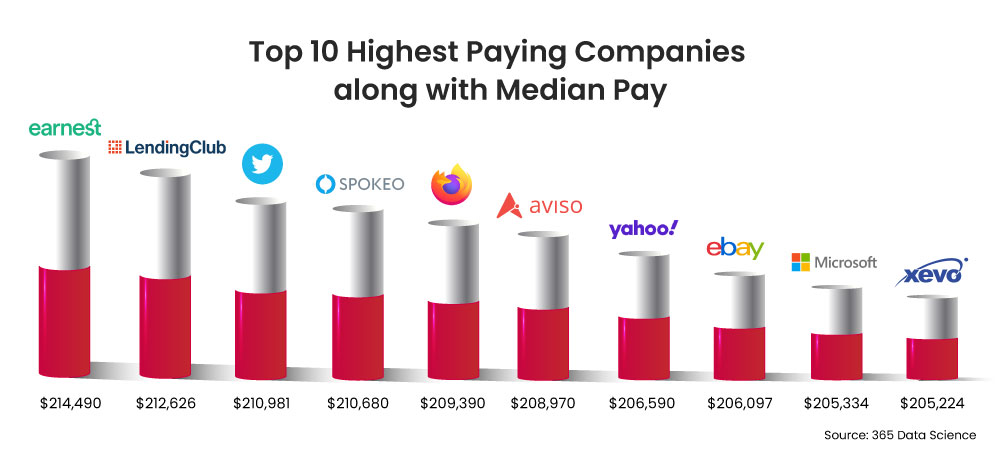

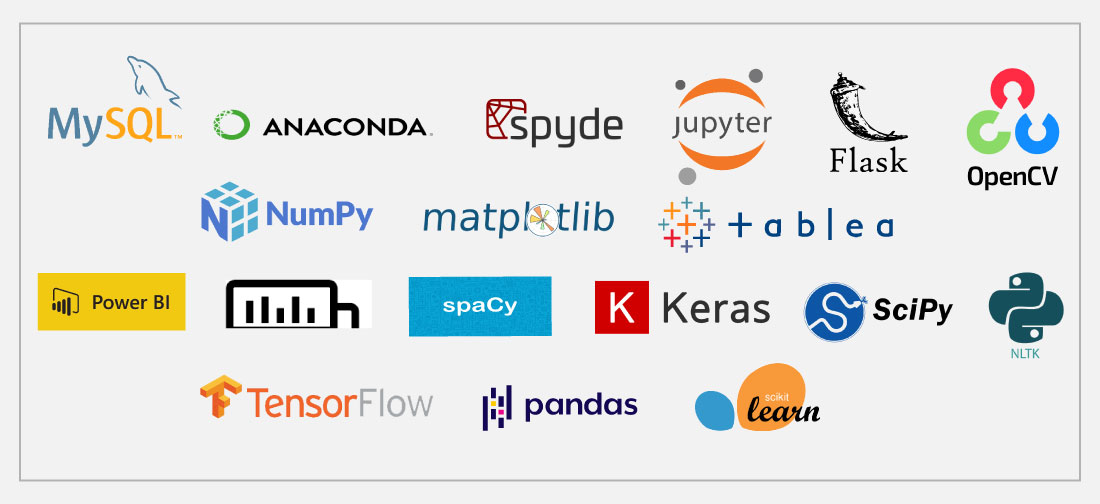




 5th Sep: Weekend
5th Sep: Weekend 

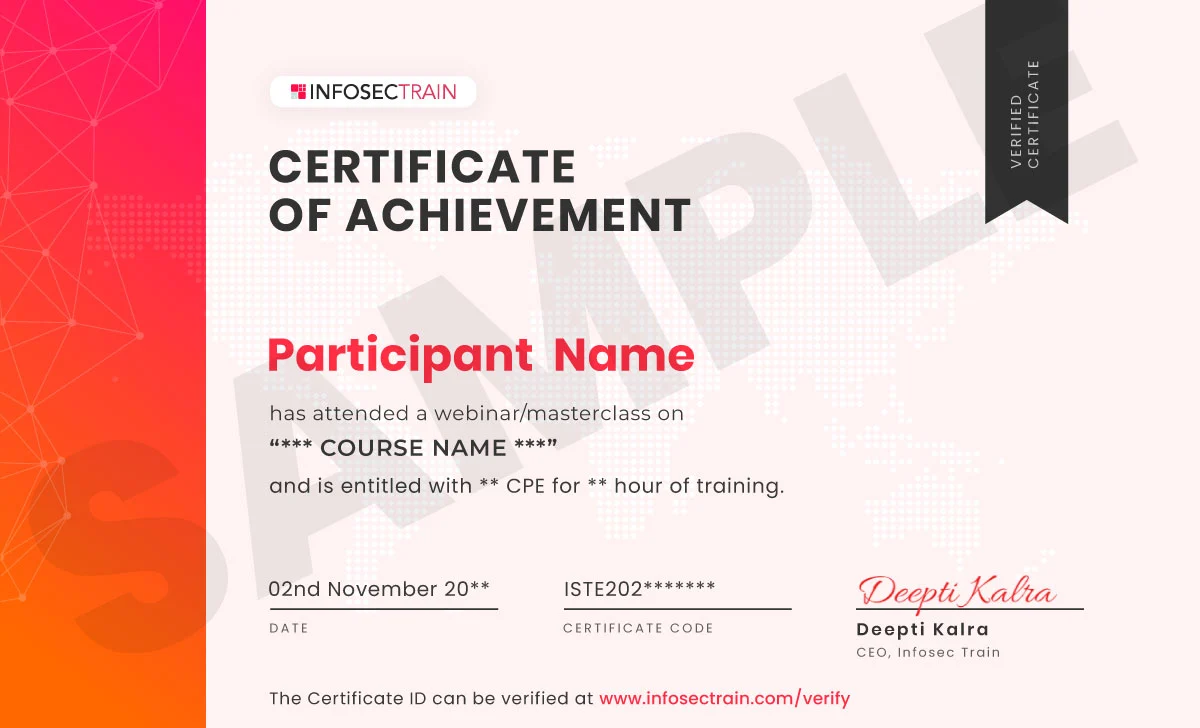


 The training was awesome. Helped me clear my concepts and also reduced my preparation time to 1/3rd. Thank you, trainer, for all your dedication to bring your gladiators to pace.
The training was awesome. Helped me clear my concepts and also reduced my preparation time to 1/3rd. Thank you, trainer, for all your dedication to bring your gladiators to pace.





 Certified & Experienced Instructors
Certified & Experienced Instructors Post Training Support
Post Training Support Customized Training
Customized Training Flexible Schedule
Flexible Schedule Access to Recorded Sessions
Access to Recorded Sessions 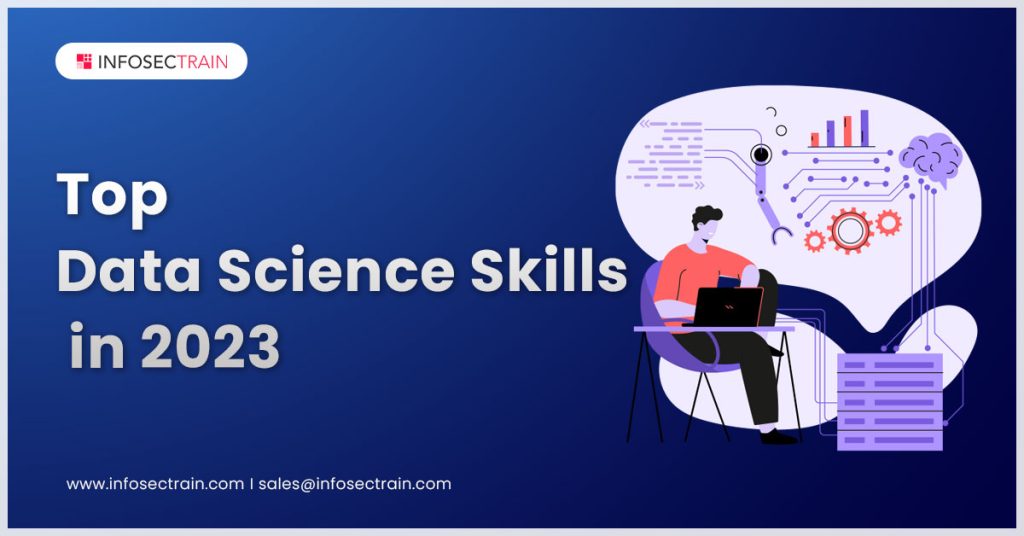
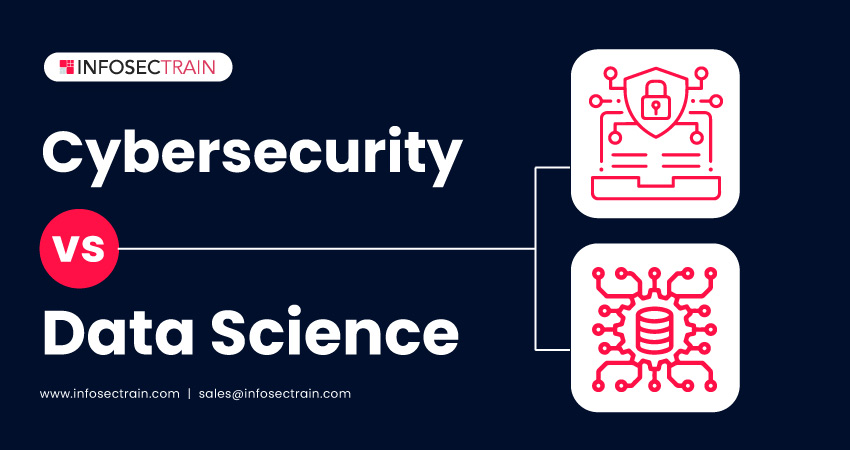
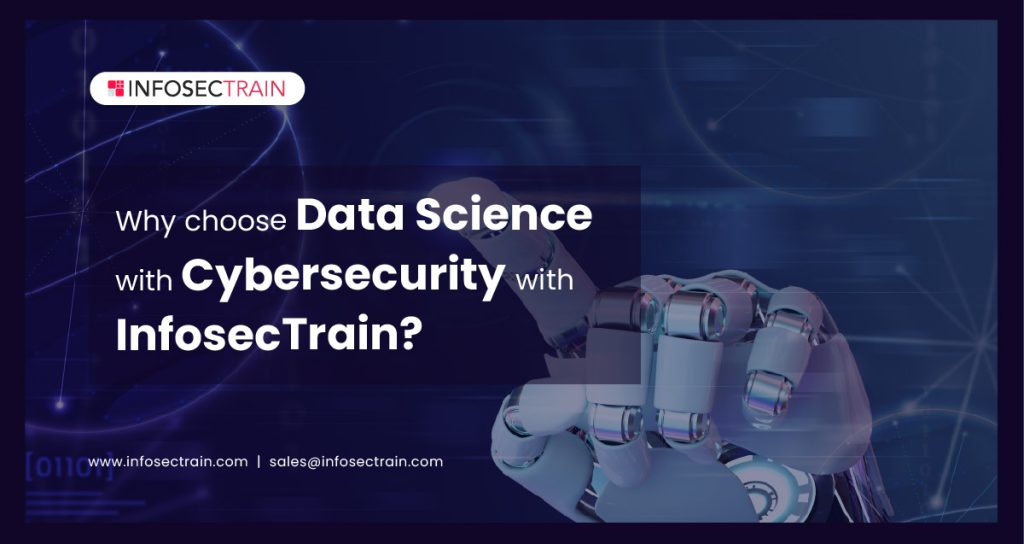
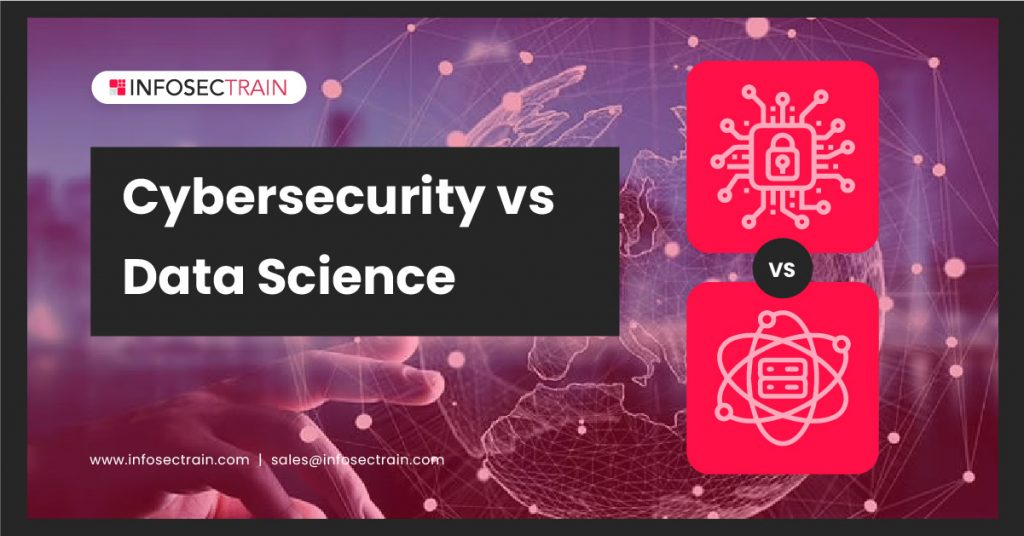
 1800-843-7890 (India)
1800-843-7890 (India) 